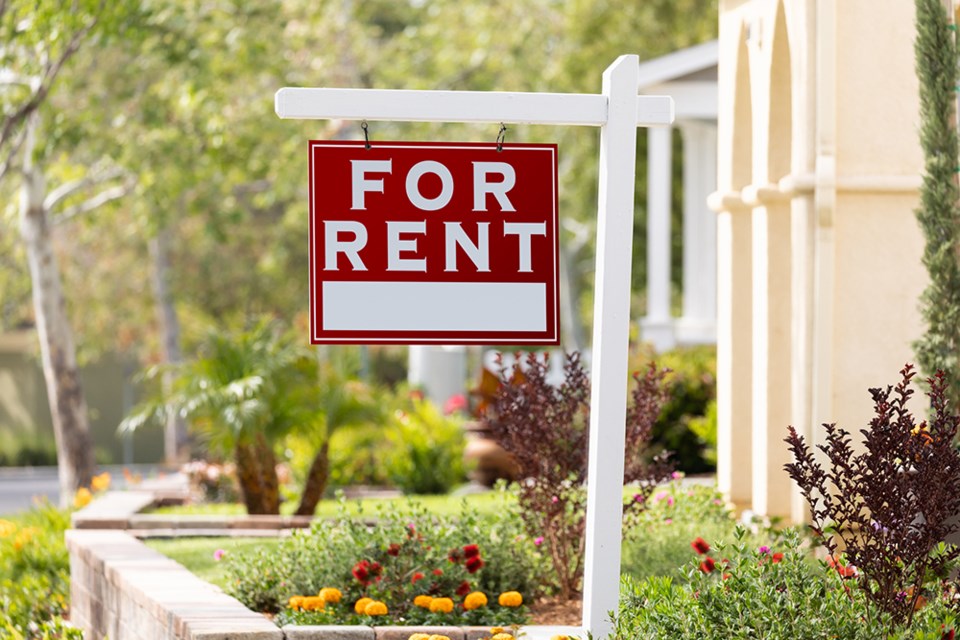Residents in rural Alberta are struggling with affordable rental housing and are getting pinched by worsening inflation and a chronic lack of available rental units.
The Athabasca Cares Community Housing Society conducted a survey of housing and services earlier this year, and some of the results were alarming, said co-founder and chair Krystal Zahara.
“People that are living within months, days, or weeks away from being homeless or un-sheltered," Zahara said. "Quite a few people are living in situations where their housing is incredibly unstable, as in they could lose their place at any moment.”
In Athabasca County, 38.8 per cent of tenants are in core housing need, according to 2021 national census data.
A household in core housing need is one that fails to meet one or more standards for affordability, adequacy, or suitability, and where the household spends more than 30 per cent of its income on housing.
Zahara thinks these numbers have only increased along with rising consumer costs. Athabasca Cares has heard from more seniors struggling with their bills and people experiencing homelessness for the first time, she said.
The Government of Alberta recently announced $16 million in funding to repair and maintain government-owned affordable housing units sitting vacant.
“We know the need for affordable housing continues to grow," said Jason Nixon, minister of seniors, community and social services.
"By revitalizing outdated units, we are providing safe, stable homes for Albertans in need."
The Greater North Foundation, which manages affordable seniors and community housing in the Athabasca region, will receive funds through the initiative to help bring some of its properties back onto the market.
“It's great to see the government recognizes the need, and the $16 million is a really good first step,” said Brian Hall, reeve of Athabasca County. “But the need is much, much greater and deeper than that.”
Hall said there are properties that have been off the market for as long as two years because there hasn’t been the capital renewal and maintenance money to get them back to a usable state.
“People need to have dignity in their homes," Hall said. "And you can’t put people into some of these (properties), based on the condition that they've been left in by the tenant departing.”
Because the housing supply in the county is so limited, however, there are still tenants who have had to make do with conditions Zahara described as “practically uninhabitable.”
“Some of the living conditions that people are experiencing in Athabasca are astonishing,” Zahara said.
Homes with holes in the floor, unusable washrooms, broken appliances, black mould, and doors without locks are issues Zahara said she has witnessed first-hand in local rentals and low-income supported housing. And the people who live in these places are still paying upwards of $500 or $600 a month, she added.
“We do need more housing, for sure. More affordable housing, for sure. But access to safe housing is really important as well.”
In Westlock, the number of tenants spending more than a third of their income on shelter costs, the threshold used to determine housing affordability, has been above 40 per cent for several years. This situation is largely driven by supply issues, said Westlock CAO Simone Wiley.
“For our community, I think the largest thing is a lack of inventory of rental units that are available,” Wiley said.
“I think that is what's driving the pricing up. And we have a lot of people, those retail workers who are making minimum wage on a monthly basis, and it’s very hard for them to find housing that’s affordable.”
In a town the size of Westlock, it is harder to attract developers to take on projects like a big apartment building that would add enough units to cool the rental market, Wiley said.
“It is very difficult to come up with the capital, and then have that payback in a community of this size. Where you see that in cities all the time, there are always new builds happening.”
Hall said Athabasca County and many nearby municipalities are dealing with the same constraints.
“We would face similar pressures to our neighbours in the region. The economies, while they have diversity, are less diverse than in the major centres like Red Deer. And so that on its own creates a higher degree of risk when you're looking at investing that capital to build these buildings.”
Lisa Allan has rented a house in Athabasca for the last five years, which she shares with her partner, adult son, and their pets. For a family like hers, finding a suitable place to live comes with its own challenges.
“I've been renting with the same landlord for since I've been here, and they're great. But I have really specific housing needs. So, if they decided to maybe sell the house or whatever, I would be in a panic,” Allan said.
“I need two bathrooms and at least two or three bedrooms. And that can be a little hard to find,” she said.
“If you have pets, there’s not a lot out on the market. And when they do come up, they get snapped up right away.”
The housing shortage might be most noticeable for tenants, but its impact is felt throughout the local economy, Wiley said.
“It definitely creates problems for the business community in trying to attract people to work for them,” Wiley said.
For businesses trying to bring in new employees, their ability to find and retain workers hinges on the availability and affordability of housing. “And It's a challenge to find a rental unit for those folks coming to town.”
While Athabasca County has a large number of residents struggling with housing, there are 19 other towns, villages, and municipalities in the province where the percentage of tenants in core housing need is even higher, according to census data.



